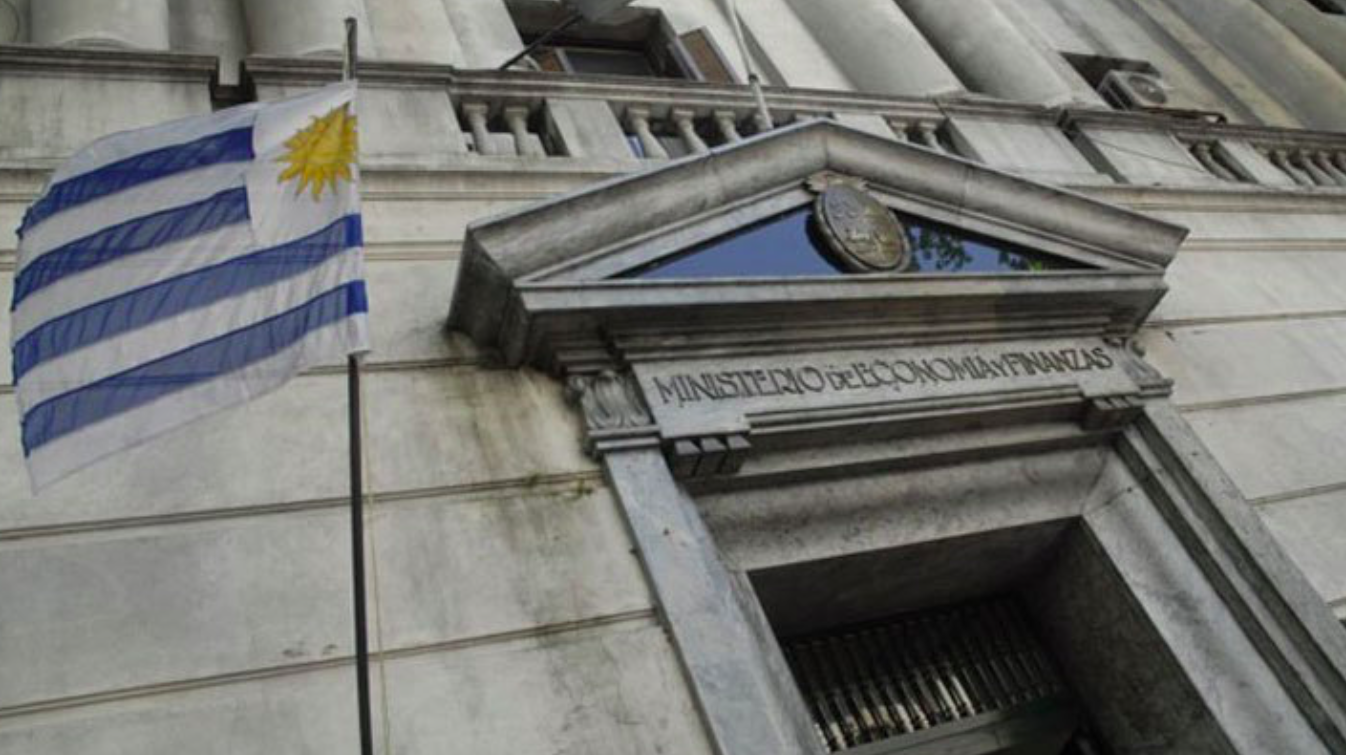RIO DE JANEIRO, BRAZIL – The leadership of the Uruguayan government is in London, where President Luis Lacalle Pou met on Monday with Prince Charles of Wales and British Prime Minister Boris Johnson. But, in addition, during the visit to the United Kingdom, the official delegation also exhibited the bond that Uruguay will issue tied to sustainability goals and they pointed out that they seek to advance with multilateral credit organizations to obtain benefits in loans in case of meeting environmental goals.
Economy Minister Azucena Arbeleche said Monday that government officials have already visited investors in New York and that this week they will do so in London and Paris, she said during a conference organized by Canning House.
Read also: Check out our coverage on Uruguay
Arbeleche stated that the sovereign bond, with rates indexed to sustainability goals, will be specifically tied to two climate actions. On the one hand, the reduction of greenhouse gas emissions and, on the other, aspects related to the preservation of the native forest. The minister added that this second point, which had not been taken into account at the beginning, was resolved after talks with some investors.

Lacalle Pou accompanied the leader of the economic team in the presentation, which was also attended by Foreign Minister Francisco Bustillo and the Minister of Industry, Omar Paganini. The Uruguayan President highlighted Uruguay’s commitment to caring for the environment and pointed out the importance of advancing in “green finance”.
Bloomberg reported last week that the Sustainability-Linked Bond issuance is scheduled for the third quarter of this year. The bond will have a lower coupon if the goals are met and a higher coupon if they are not achieved.
The Uruguayan Economy Minister said on Monday that the government has also made a similar proposal to multilateral credit organizations, to access lower interest rates on loans if certain goals are met. The idea was handled by Arbeleche last year, which now intends to move forward.
“It is about including in the loans an interest in which you are also considered or have to pay less in relation to your environmental behavior. We are working on this with different regional and global multilateral institutions for Uruguay,” said the minister.
Arbeleche added that financing with a “sustainable approach” is a “great opportunity,” and she noted that Uruguay has a challenging environmental agenda.
FINANCING NEEDS
The Uruguayan government revised upwards the financing needs for the year 2022, which are located at US$4.288 billion, according to a report issued this Monday by the Debt Management Unit of the Ministry of Economy and Finance. The figure represents US$153 million more than forecast in the previous February report, when they were estimated at US$4.135 billion.
The fiscal deficit represents 47% of the borrowing needs, while amortizations represent 42% of the total, the official document said.
In relation to financing sources, the total issuance of bonds was projected by the Uruguayan government at US$3.714 billion. On the other hand, loan disbursements with multilateral organizations were estimated at US$450 million during 2022.
Projected net government indebtedness (ENG) is US$1.95 billion, up from US$1.846 billion previously estimated. The ENG explained the Debt Unit, which takes the issuance of public debt securities on the market and loans disbursed net of amortizations and accumulation of financial assets of the central government.
The gross debt stock of the central government was estimated at 62% of nominal GDP, at the end of the first quarter of 2022. This either marked an increase of 2.1 points of GDP compared to the end of the previous year. Estimated net debt remained stable at 55% of GDP.
The proportion of debt in local currency increased to 51.5%, an increase of more than four percentage points compared to the end of 2021, the report said.

